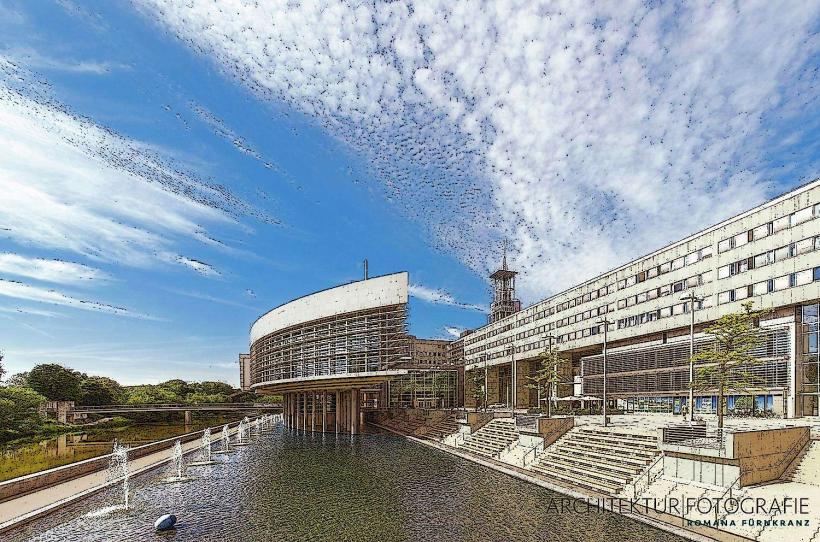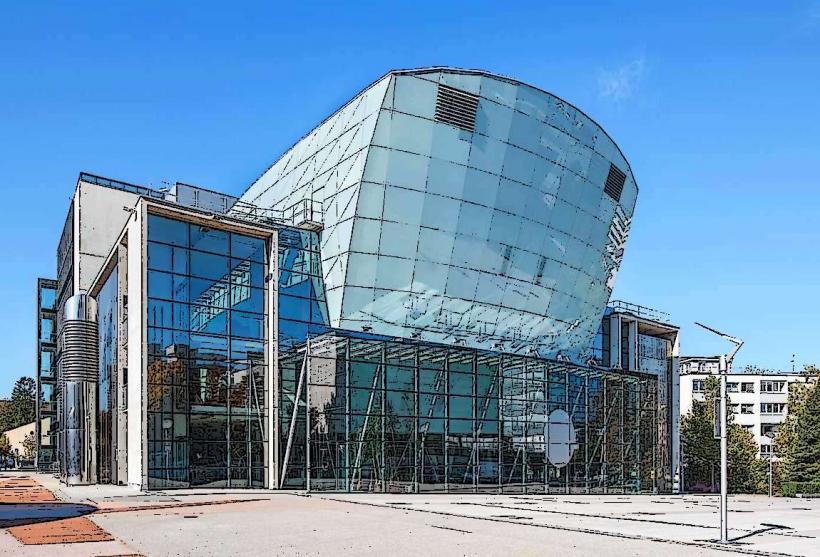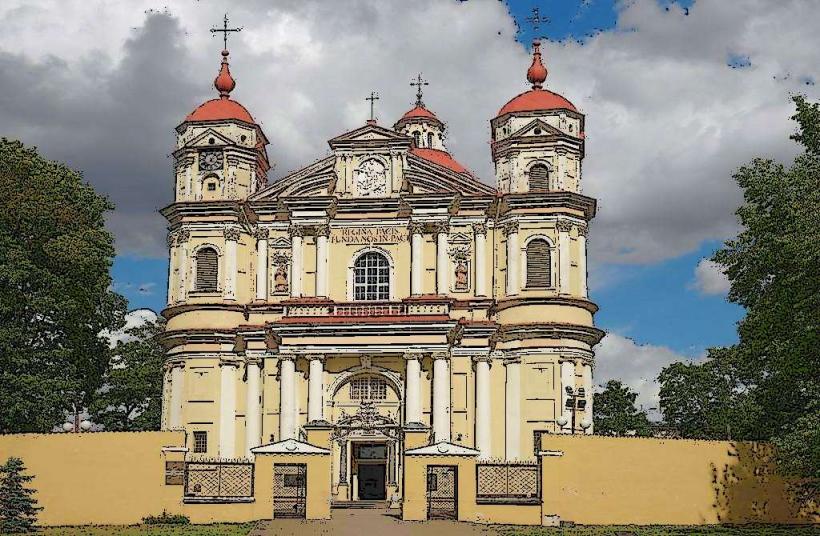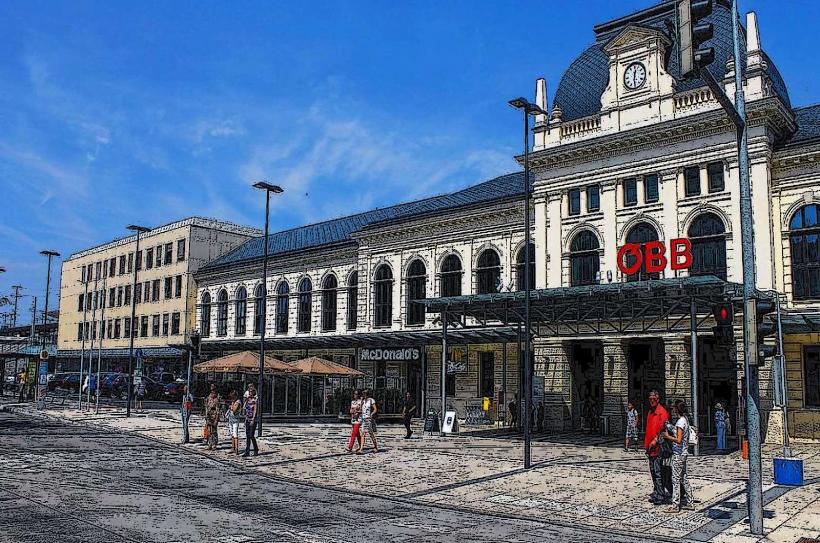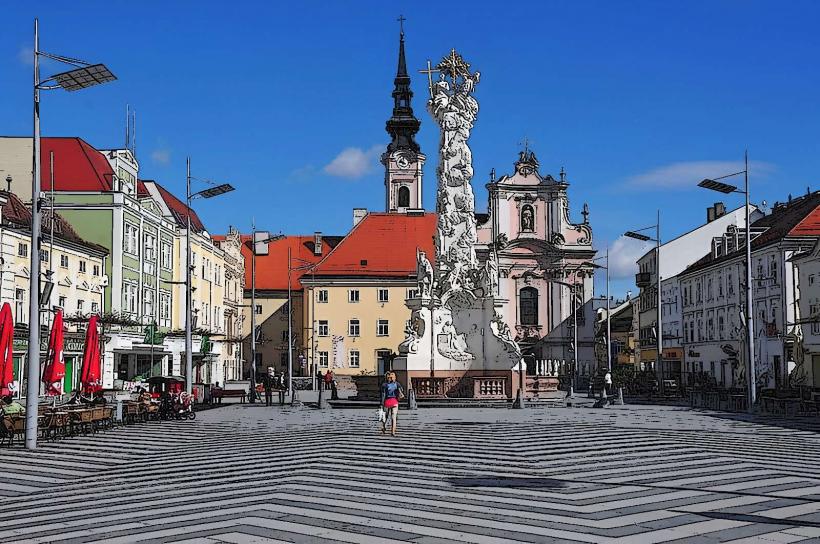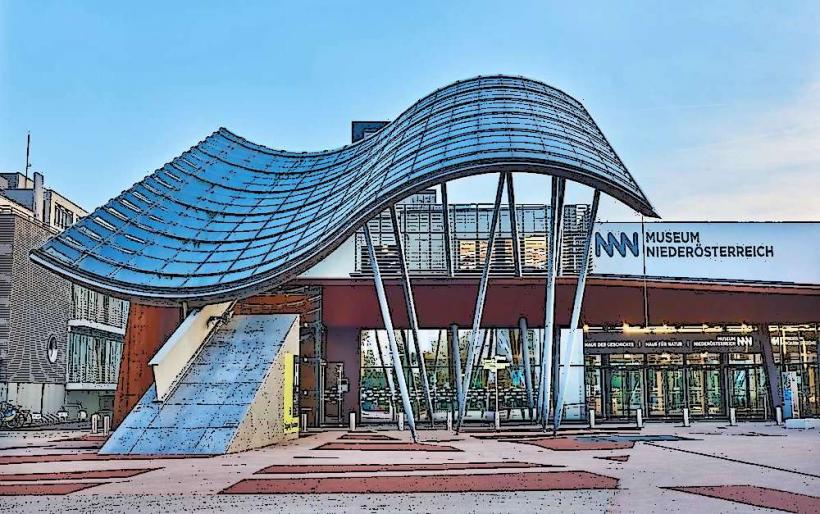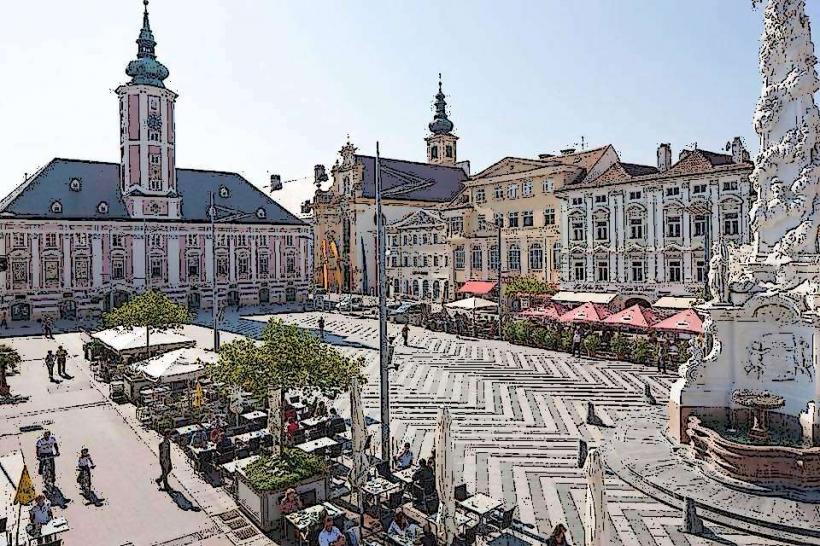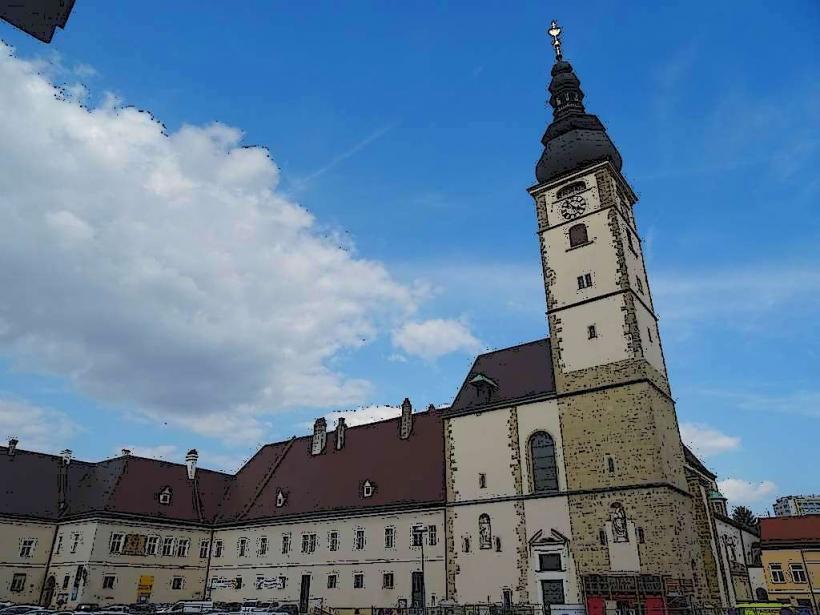Information
City: St PoltenCountry: Austria
Continent: Europe
St. Pölten is the capital of Lower Austria and is one of the oldest cities in the region, with a rich history, beautiful architecture, and a vibrant cultural scene. Located near the Danube River, just about 60 kilometers (37 miles) west of Vienna, St. Pölten is a blend of old-world charm and modern development, with a reputation for being an important administrative, cultural, and economic center in Austria.
Geography and Location
St. Pölten lies on the Wienerwald foothills, along the banks of the Traisen River, which flows into the Danube. Its central location makes it a convenient gateway to both the capital of Vienna and the rural landscapes of Lower Austria. The city serves as a transportation hub, with excellent train, bus, and highway connections, which makes it a popular place for those commuting to Vienna or other nearby regions.
History
St. Pölten's history stretches back over a thousand years. It was first mentioned in 803 as a settlement and grew steadily under the influence of both the Roman Empire and Medieval Austria.
- During the Middle Ages, St. Pölten developed as a center of trade and was closely connected to the Benedictine Monastery of Herzogenburg, which was founded in the early 11th century.
- In the 18th century, it rose to prominence due to the construction of important ecclesiastical buildings, including churches and palaces.
- St. Pölten was officially granted city rights in 1986 and has since developed into a modern city with a strong emphasis on culture, technology, and education.
Culture and Architecture
St. Pölten offers an interesting mix of baroque architecture, medieval structures, and modern design. The city center features a blend of old churches, palaces, and buildings juxtaposed with contemporary urban structures, particularly in the government quarter.
Landmarks and Architecture
St. Pölten Cathedral (Mariä Himmelfahrt): A stunning baroque church, the cathedral is the centerpiece of St. Pölten’s religious and architectural landscape. It has impressive frescoes, sculptures, and an altar, making it one of the most significant churches in Lower Austria.
Old Town: The historic center of St. Pölten features several charming buildings, including the Town Hall, the St. Pölten City Museum, and various palaces, such as the Schloss St. Pölten (St. Pölten Palace), which traces its history back to medieval times.
The Government Quarter (Landesregierung): A modern and functional district built in the 1990s, the Government Quarter is home to many of St. Pölten's administrative buildings. This district stands in contrast to the older parts of the city, showcasing contemporary Austrian architecture.
The Lower Austrian Museum of Contemporary Art: One of the highlights of the cultural scene, this museum showcases both Austrian and international contemporary art, with rotating exhibits of various modern art forms, including painting, sculpture, and multimedia works.
Pielachtal Railway Station: A noteworthy example of late 19th-century railway architecture, the station building is an attractive and well-preserved example of a regional transport hub.
The Wagramviertel: This district in the eastern part of St. Pölten is known for its beautiful old houses, narrow streets, and some fine examples of baroque architecture.
Nature and Outdoor Activities
St. Pölten’s location at the edge of the Wienerwald (Vienna Woods) and near the Danube River provides numerous opportunities for outdoor activities, such as hiking, cycling, and nature exploration.
Traisen River:
- The Traisen River runs through the city, offering opportunities for leisurely walks, bike rides along the riverbanks, and even kayaking or canoeing. Several parks along the river are perfect for picnics and relaxation.
Wienerwald:
- The Vienna Woods are just outside the city, offering trails for hiking, cycling, and exploration of the lush, green landscapes that surround St. Pölten. The forest is home to various wildlife and has a peaceful, natural ambiance.
Pielachtal Valley:
- The Pielachtal (also known as the “Valley of the Ötscher”) is a scenic area to the west of St. Pölten, offering hiking and cycling opportunities, along with picturesque views of hills, forests, and rivers.
Climate
St. Pölten experiences a continental climate with four distinct seasons. Summers are typically warm, with average temperatures ranging from 25°C (77°F) to 30°C (86°F), while winters are cold, with temperatures often dropping below 0°C (32°F). Snow is common in the winter months, particularly in the surrounding mountains.
Cuisine
St. Pölten, like much of Lower Austria, offers traditional Austrian cuisine that includes hearty meat dishes, dumplings, and desserts. Some local specialties include:
- Wiener Schnitzel: A classic Austrian dish, a breaded and fried veal cutlet, often served with a side of potato salad or lingonberry jam.
- Tafelspitz: A boiled beef dish, usually served with horseradish and apple sauce, along with boiled potatoes or other vegetables.
- Kaiserschmarrn: A sweet dish made from a fluffy shredded pancake, often served with fruit compote or powdered sugar.
- Marillenknödel: Dumplings filled with apricots, often a popular dessert in Lower Austria, especially when apricots are in season.
Festivals and Events
St. Pölten has a rich calendar of events that celebrate both traditional Austrian culture and modern trends.
- St. Pölten Music Festival: A major event that draws both local and international musicians, with performances spanning classical music, jazz, and pop.
- Lower Austrian Art Festival: Held annually, this festival brings art exhibitions, performances, and cultural experiences to the city. It is one of the most important cultural events in Lower Austria.
- Kaiserfest: A celebration of Austria’s imperial heritage, the festival includes parades, historical reenactments, and performances that recreate the atmosphere of the Habsburg era.
- Christmas Markets: During the Christmas season, St. Pölten’s Christmas markets are very popular, offering holiday treats, handmade crafts, and festive decorations.
Conclusion
St. Pölten is a charming city that blends rich history, cultural heritage, and modern development. It offers a peaceful and picturesque setting for visitors, with its mix of baroque churches, modern architecture, and natural beauty. Whether exploring the historic Old Town, visiting contemporary art galleries, enjoying outdoor activities in the surrounding nature, or attending one of its many festivals, St. Pölten provides a delightful experience for anyone interested in exploring Lower Austria’s culture and history.

